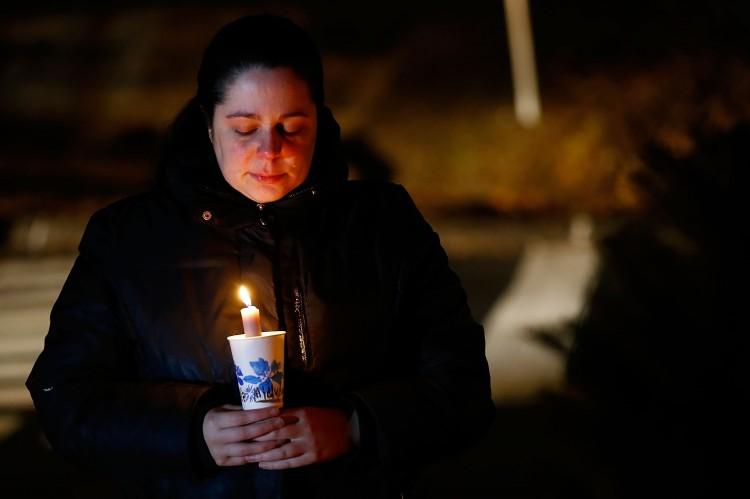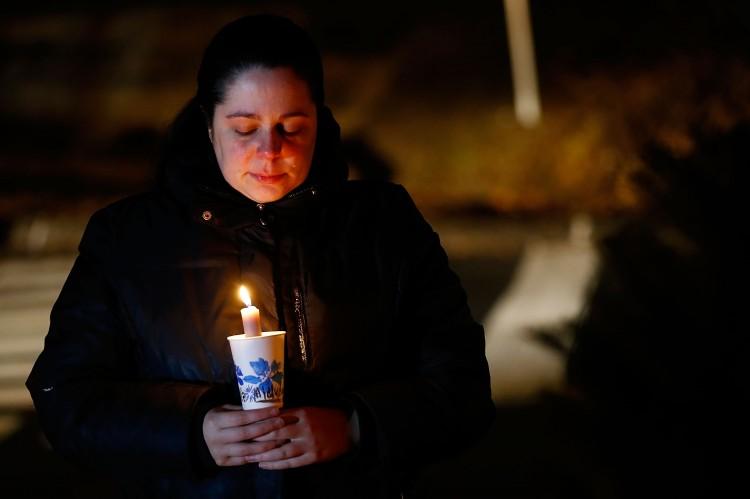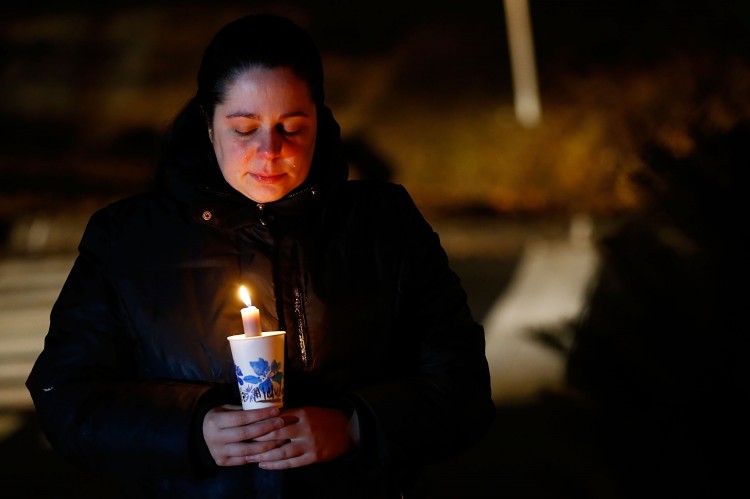Since the tragedy at Sandy Hook, America has debated desperately for an appropriate response to match the weight of its outrage.
How could something so horrible be allowed to happen? What can we do to make sure it never does again? How much is the lack of mental health care, school security, or gun laws to blame?
But nearly two weeks after the incident, there are still more questions than answers, as police struggle to piece together exactly why an elementary school in Newtown, Conn., became the focus of such a vicious attack.
According to James Cassidy, Ph.D., clinical psychologist, attorney, and associate professor of the Criminal Justice Department at the University of New Haven in Conn., it has been difficult to determine what the true story is because so many details seem to change.
“There are so many different reports right now, it’s hard to know what to rely on,” said Cassidy, former head of Connecticut’s Whiting Forensic Institute—a hospital for the criminally insane. “Clearly there’s some element that his mental health played a role. How exactly it played a role is unclear at the moment.”
Cassidy dismissed several reports that the 20-year-old shooter had an autism spectrum disorder—not only since it has not been verified, but also because “there is no reason to suggest that autism spectrum kids would be involved in mass shootings.”
In a Dec. 19 statement, Newtown police said that investigating all the evidence is “very daunting and time-consuming,” as state and federal authorities work to examine all aspects of the crime.
Yet many reports and interest groups are already demanding that changes be made. Some are pressing legislators and officials for stricter gun laws, while the National Rifle Association has called for assigning armed guards at all schools to fend off similar invasions.
Instead of bringing clarity to a terrible situation, much of the heated debate surrounding the incident has only helped fuel further hysteria. Since the shooting, Wal-Mart has sold out of assault rifles in several states, the nonprofit news organization Mother Jones reported that sales of children’s body armor and bulletproof backpacks have skyrocketed, and many parents are giving new consideration to homeschooling.







